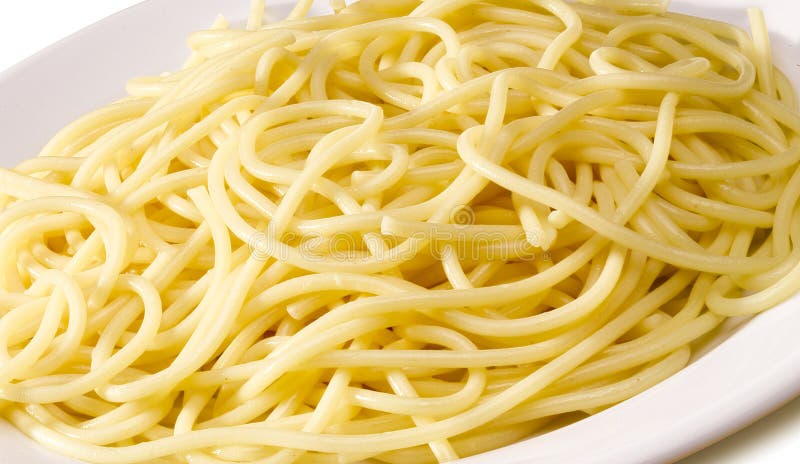

Blend them until they are all finely chopped. Add the chicken meat to the pureed vegetables in the food processor.Drain the pasta and chicken while the pasta is still firm or al dente.Blend them until they form a creamy puree. While waiting for the pasta and chicken to cook, put the raw vegetables in the food processor.Add the pasta and allow it to cook for another ten to twelve minutes or until it is nice and soft.Boil a large pan of water and drop the chicken drumstick in.100g assorted vegetables (e.g., carrots, broccoli, beans).If your pet is one of them, here’s one way of spicing up plain pasta for him. Plain pasta can be a bit boring for some of our furry friends. If your furry pal consumes too much, he might gain extra weight or suffer from digestive problems. The serving size should not be more than 1-2 cooked pasta a week. So, that leaves you with one choice: make it yourself. Store-bought sauces and cheese usually contain ingredients that are toxic to dogs. Be careful with cylindrical pasta with pointy ends, as this may scrape your dog’s mouth or esophagus and cause bleeding and injuries. Smaller breeds are more at risk of having a choking accident as they have small windpipes. Its hard texture can cause choking in dogs. However, if your dog overeats uncooked pasta, he is at risk of suffering from digestive problems such as diarrhea, vomiting, and constipation.Īvoid giving raw pasta to your dog as much as possible and opt for cooked pasta instead. Since raw pasta is usually made of eggs, flour, and water, it is okay for dogs to consume it in small amounts. Can Dogs Eat Raw Pasta? Or Is It Dangerous for Them? Cheese can also trigger food allergies and sensitivities in some pooches. It can lead to weight gain, digestive system problems, and the development of cardiovascular diseases. However, whilst cheese is a delicious treat for dogs, too much of it is bad for his health.

Some pasta dishes, like baked macaroni, often contain generous amounts of cheese. Other herbs and spices in pasta sauces, such as basil and black pepper, have the same effect on dogs if consumed in large amounts. It is a gastrointestinal irritant that can cause vomiting and diarrhea. Oregano is another common ingredient in pasta sauces that is harmful to dogs. These are often characterized by dizziness and seizures. It can also trigger many health problems, such as neurological issues, which often accompany toxicity. Off-the-shelf pasta sauces are high in salt, which can then cause sodium poisoning. These ingredients can cause poisoning and hemolytic anemia if ingested in large amounts. It often contains onion or garlic, which are highly toxic to dogs.

Nope, store-bought pasta sauce is unhealthy and lethal for dogs. Can Dogs Eat Pasta Sauce? Beware of Its Deadly Effects
PLAIN PASTA FOR DOGS SKIN
This can trigger various symptoms, such as hotspots, rashes, upset stomach, obsessive licking, and skin and ear infections.Īvoid including grains or wheat pasta in your dog’s diet if he is allergic to either to prevent allergic reactions from cropping up. Pasta made from grains and wheat may cause food allergies and sensitivities in some dogs. Therefore, this type of food should be fed in moderation and small quantities. If you are a fan of grain-free food, you may be thinking, ‘What about chickpea pasta and lentil pasta for dogs?’ According to studies, grain-free dog food that contains lentils and chickpeas, which are used as grain replacements, is linked to heart disease in dogs. As a result, white grain pasta doesn’t provide much nourishment for dogs. However, since white grains go through a refining process, most nutrients are stripped off. White grain pasta is one of the most popular types of pasta. Now that we’ve established the best type of pasta for dogs, what about other pasta varieties? Whole grain pasta is a low-glycemic-index food that is less likely to cause a sudden spike in blood glucose levels. Whole grain pasta contains more nutrients and fiber and fewer carbohydrates and calories than other types. Pasta made with whole grains is the most suitable option for our dogs. The best practice for picking pasta for your dog is by checking its ingredients. Let’s have a look at all the options out there. If you plan on feeding your dog pasta, you’ll need to put more thought into the types of pasta to pick for him. Pasta contains a lot of carbs and calories, which can contribute to unhealthy weight gain in dogs. Can dogs eat pasta? Yes, dogs can eat plain pasta, but it isn’t the healthiest food option for them.


 0 kommentar(er)
0 kommentar(er)
